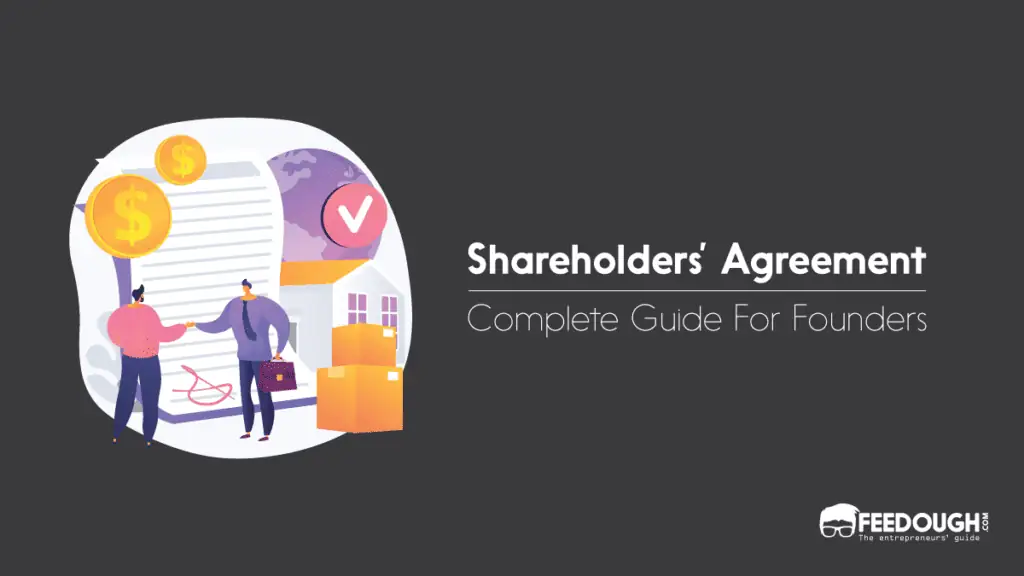Table of Contents
Introduction
A shareholder agreement is a crucial legal document that outlines the rights and obligations of shareholders in a company. It serves as a guide for shareholders to ensure a harmonious and successful business partnership. This article will highlight the key aspects of a shareholder agreement and why it should be a priority for every business.
Table of Contents
- Defining Shareholder Agreement
- Benefits of Shareholder Agreement
- Key Elements of a Shareholder Agreement
- Rights and Responsibilities
- Dispute Resolution Mechanisms
- Transfer of Shares
- Confidentiality
- Conclusion
Defining Shareholder Agreement
A shareholder agreement is a legally binding contract between the shareholders of a company. It outlines the rules and regulations that govern their relationship and the management of the business. The agreement is designed to protect the interests of the shareholders and to provide clarity on various aspects of the business.
Benefits of Shareholder Agreement
A well-drafted shareholder agreement offers several benefits to the shareholders and the company:
- Ensures the smooth operation of the business by defining the roles and responsibilities of each shareholder.
- Protects the minority shareholders from being marginalized by the majority shareholders.
- Minimizes the risk of disputes and provides a mechanism for resolving conflicts amicably.
- Defines the process for transferring shares, safeguarding the interests of both the transferring and receiving parties.
- Preserves the confidentiality of sensitive company information.
- Establishes a clear decision-making process, preventing impasses and facilitating efficient business operations.
Key Elements of a Shareholder Agreement
A shareholder agreement should include the following key elements:
- Company details: Clearly state the name, address, and objectives of the company.
- Shareholding structure: Specify the number of shares held by each shareholder and their respective rights.
- Board of directors: Define the composition, responsibilities, and decision-making process of the board.
- Dividend policy: Outline how dividends will be distributed among the shareholders.
- Capital contributions: Specify the initial and additional capital contributions required from each shareholder.
- Restrictions on share transfers: Set forth the conditions and procedures for transferring shares.
- Exit strategies: Determine the circumstances under which a shareholder may exit the company.
- Non-compete agreements: Include provisions that prevent shareholders from competing with the business.
- Dispute resolution: Establish mechanisms for resolving disputes, such as mediation or arbitration.
- Confidentiality: Ensure the protection of sensitive company information and trade secrets.
Rights and Responsibilities
The shareholder agreement should clearly define the rights and responsibilities of each shareholder. This includes:
- Management and decision-making authority
- Voting rights and procedures
- Appointment and removal of directors
- Financial obligations and capital contributions
- Access to company information and records
Dispute Resolution Mechanisms
Disputes are an inevitable part of any business partnership. To prevent them from escalating into costly litigation, a shareholder agreement must include mechanisms for resolving disputes. Common mechanisms include mediation, arbitration, or expert determination. These processes help the parties reach a mutually agreeable solution and avoid unnecessary legal battles.

Credit: www.linkedin.com
Transfer of Shares
The shareholder agreement should clearly outline the procedures and conditions for transferring shares. This includes the rights of first refusal, tag-along rights, and drag-along rights. These provisions protect the interests of both the selling and purchasing parties, ensuring a fair and transparent transfer process.
Confidentiality
Protecting sensitive information is critical for the success of any business. A shareholder agreement should include stringent confidentiality provisions to safeguard trade secrets, proprietary information, and customer data. This helps maintain the competitive advantage of the company and builds trust among the shareholders.

Credit: www.feedough.com
Conclusion
A well-drafted shareholder agreement is a vital tool for maintaining a healthy and prosperous business partnership. It not only protects the interests of the shareholders but also ensures the smooth functioning of the company. By addressing key elements such as rights and responsibilities, dispute resolution mechanisms, and share transfer processes, the agreement provides a solid foundation for the success of any business venture.